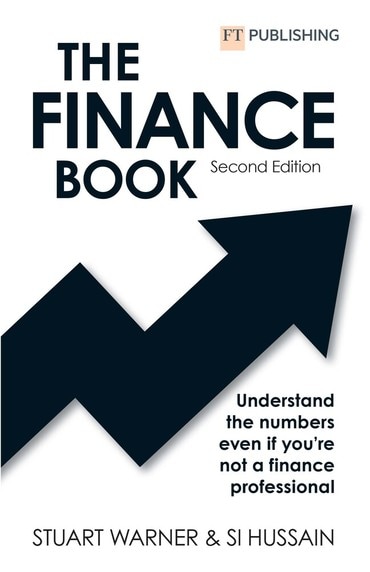
Finance Book, The, 2nd edition
Published by FT Publishing International (April 22, 2022) © 2022
- Stuart Warner Financial Fluency
- Si Hussain
This product is expected to ship within 10-12 business days for New Zealand customers
This product is expected to ship within 10-12 business days for New Zealand customers
Title overview
The book is purposefully designed to be quick and easy to use with no previous knowledge required to comprehend the concepts. We tell you what you need to know to quickly get up to speed in core finance concepts.
A key feature of this book is that you do not have read it from cover to cover to make sense of finance. Each chapter is written as a standalone topic. This enables you to dip in and dip out of chapters. Further, we have taken otherwise complex topics and broken them down into key concepts that are explained in concise, easy to read sections.
Whilst not an academic book, it is also not a simplistic book. It is a practical book because it has been written by practitioners. We include throughout this book our first-hand personal experiences gained from working in businesses across many industries and sectors, rather than replicating knowledge from academia. In addition, the authors have spent countless hours instructing, teaching and training thousands of professionals from disciplines including marketing, sales, production, administration, HR and legal.
The overwhelming majority of finance books available are better suited to trainee accountants because they take an academic approach to finance. Whilst necessary for accountants, they immerse the reader in the detail. The Finance Book is written for non-finance people like you. It is aimed at those who work or aspire to work in business. It will help professionals in business or thinking about a career in business including board directors, business managers, MBA students, graduates and undergraduates.
